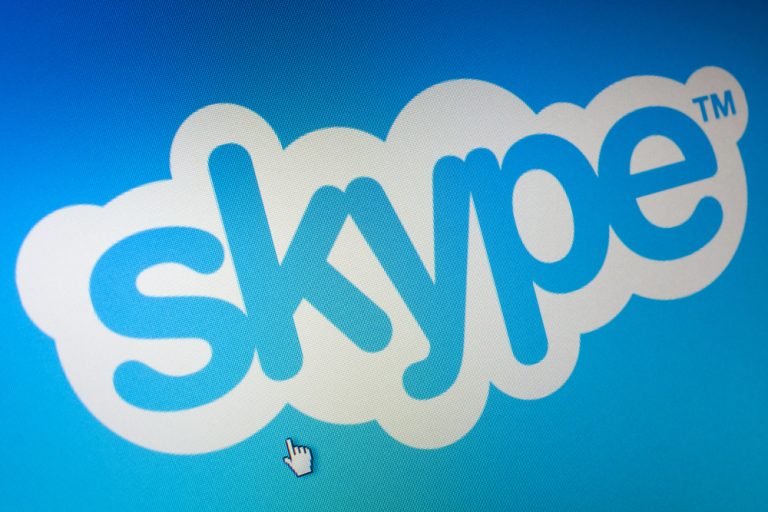Microsoft is officially shutting down Skype, the internet-based phone and video service that once dominated digital communication in the mid-2000s. Starting in May, Skype will “no longer be available,” the company confirmed on X (formerly Twitter). Users are being encouraged to transition to Microsoft Teams’ free tier using their existing Skype log-in information.
The Rise and Fall of Skype
Skype launched in Estonia in 2003 and quickly gained popularity as a way to make free calls worldwide. At a time when international calling was costly, Skype revolutionized communication by enabling voice and video calls over the internet. Its early success caught the attention of eBay, which bought Skype in 2005 for $2.6 billion.
However, the eBay partnership failed to yield the expected synergies, leading the company to sell a 65% stake to an investor group for $1.9 billion in 2009. Just two years later, Microsoft acquired Skype for $8.5 billion in cash, marking its largest acquisition at the time.
Why Is Microsoft Shutting Down Skype?
Skype’s popularity began to wane in recent years, despite a brief resurgence during the pandemic. Competing products like Zoom, Google Meet, and Cisco WebEx thrived, while Skype struggled to keep pace. Additionally, mobile apps like Apple’s FaceTime and Meta’s WhatsApp continued to dominate the communication space.
Microsoft has been heavily investing in Teams, which offers similar features to Skype but with enhanced collaboration tools designed for business and enterprise users. Microsoft Teams has grown rapidly, becoming a central hub for remote work and hybrid communication, effectively making Skype redundant.
“Skype will no longer be available starting in May,” Microsoft stated on X. “Your log-in information can be used on Microsoft Teams’ free tier in the coming days.”
Microsoft’s Strategy Shift: From Skype to Teams
Microsoft bought Skype in 2011, hoping to integrate it across its product suite, including Office and the now-defunct Windows Phone. At the time, the acquisition was seen as a strategic move to bolster Microsoft’s position in digital communication.
However, as user preferences shifted and new competitors emerged, Skype’s relevance declined. Microsoft’s strategic pivot towards Teams was driven by the growing demand for comprehensive collaboration tools in the workplace. Teams quickly became the go-to solution for meetings, chat, and file sharing, particularly during the global shift to remote work.
By shutting down Skype, Microsoft aims to consolidate its communication platforms and streamline user experiences on Teams, which is now central to Microsoft’s productivity ecosystem.
What’s Next for Skype Users?
Microsoft is encouraging Skype users to transition to Microsoft Teams, where they can use their existing Skype credentials to access similar features, including voice and video calls. Teams also offers a more integrated experience with Microsoft’s suite of productivity tools, including Office 365.
Microsoft has promised a smooth migration process, ensuring that users won’t lose their contacts or chat history as they switch to Teams. However, users who prefer Skype’s simpler interface may find Teams’ more feature-rich environment overwhelming.
End of an Era for Digital Communication
Skype’s shutdown marks the end of an era for digital communication. It was once the go-to platform for voice and video calls, connecting millions of people worldwide. However, the rapid evolution of technology and changing user needs have pushed Microsoft to focus on Teams, which better fits the modern workplace’s collaborative requirements.
As Microsoft doubles down on Teams, the legacy of Skype will live on as a pioneer in internet-based communication, even as its functionality and user base migrate to more integrated solutions.


